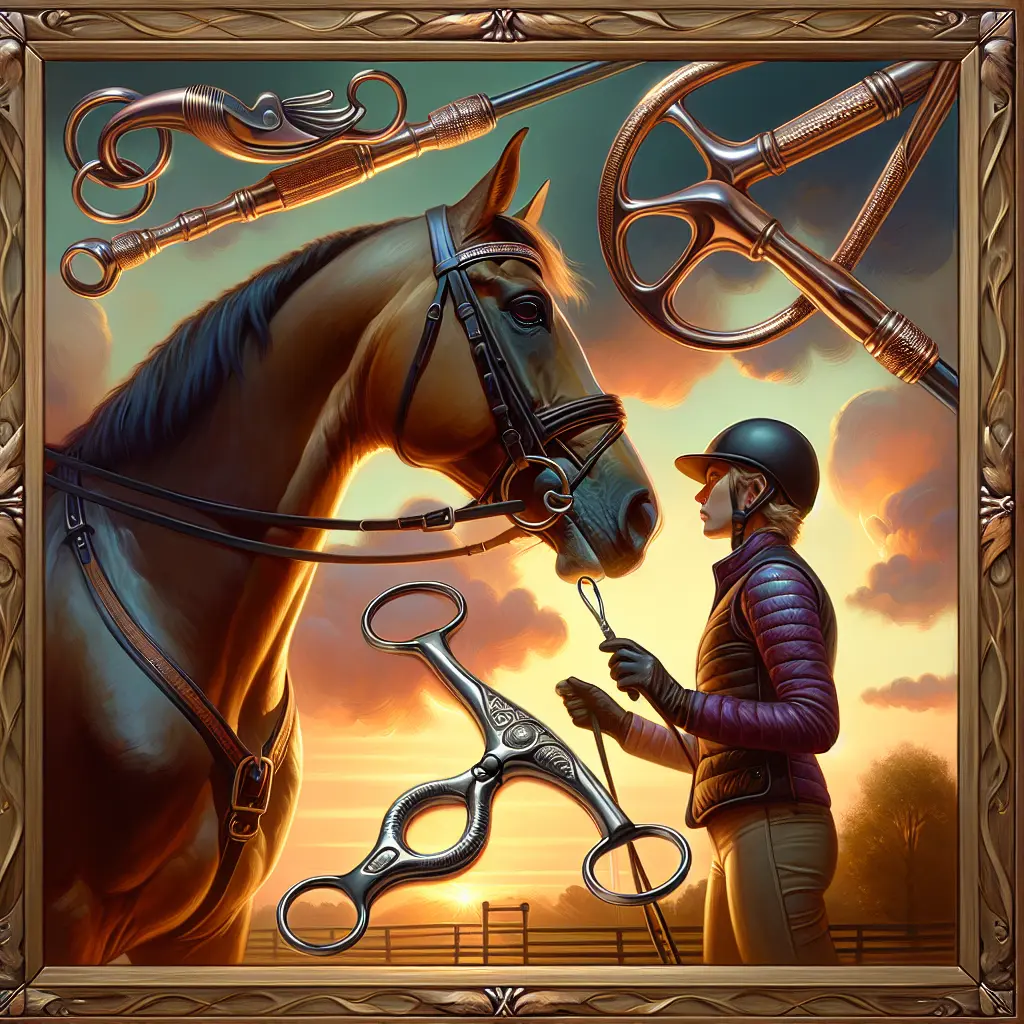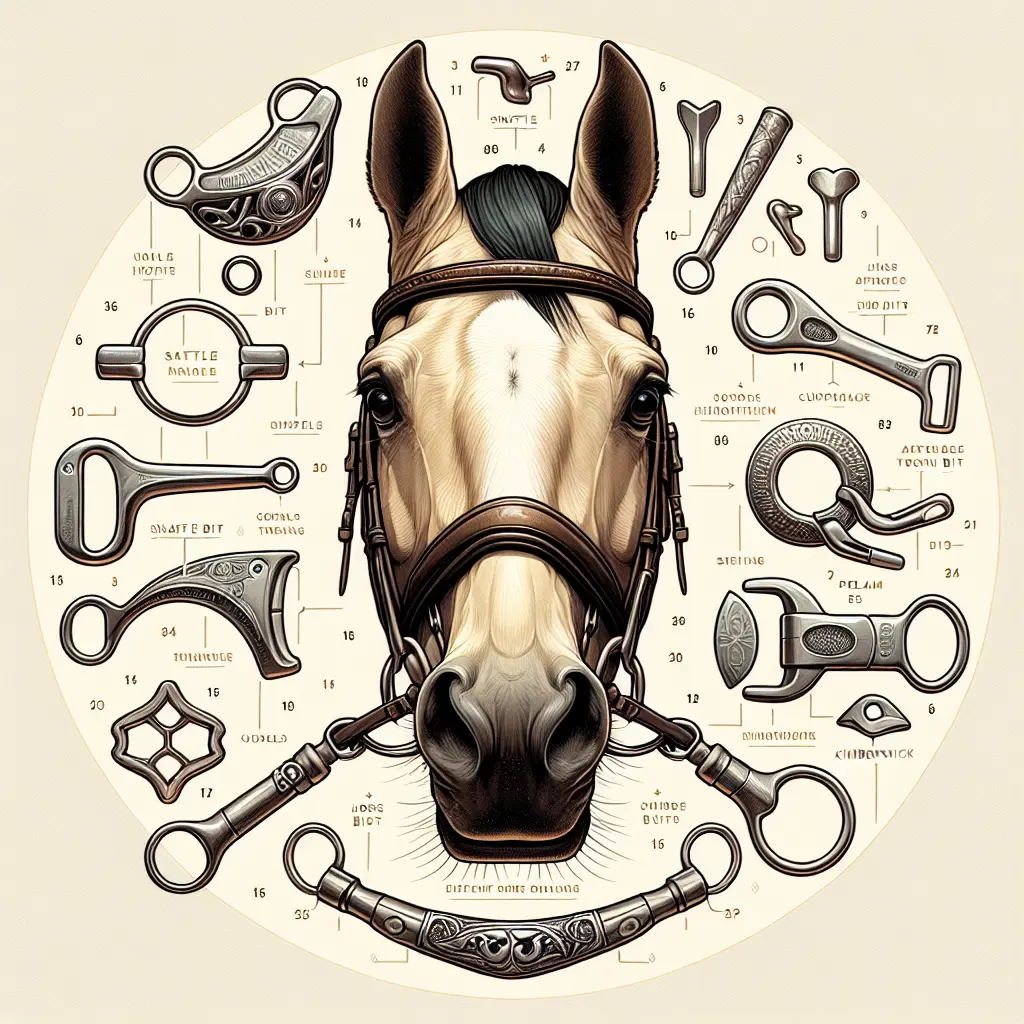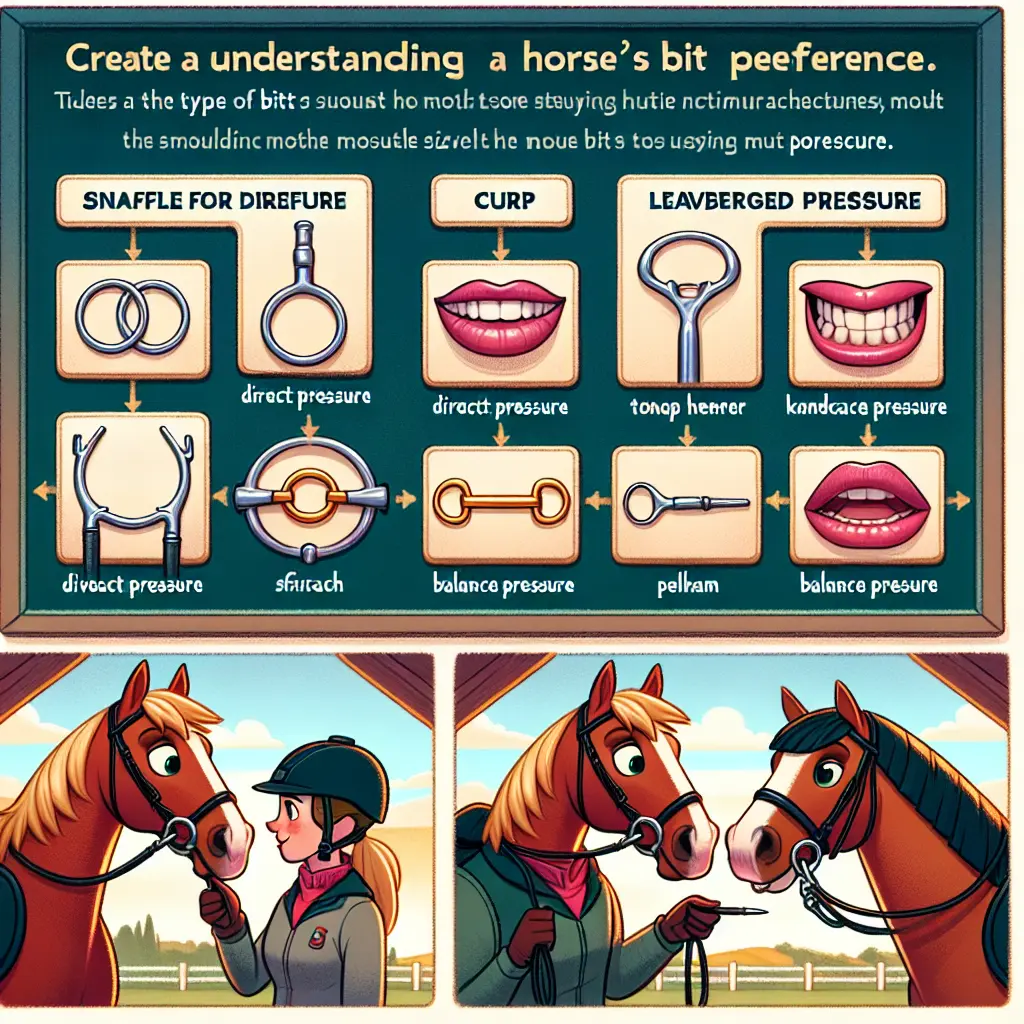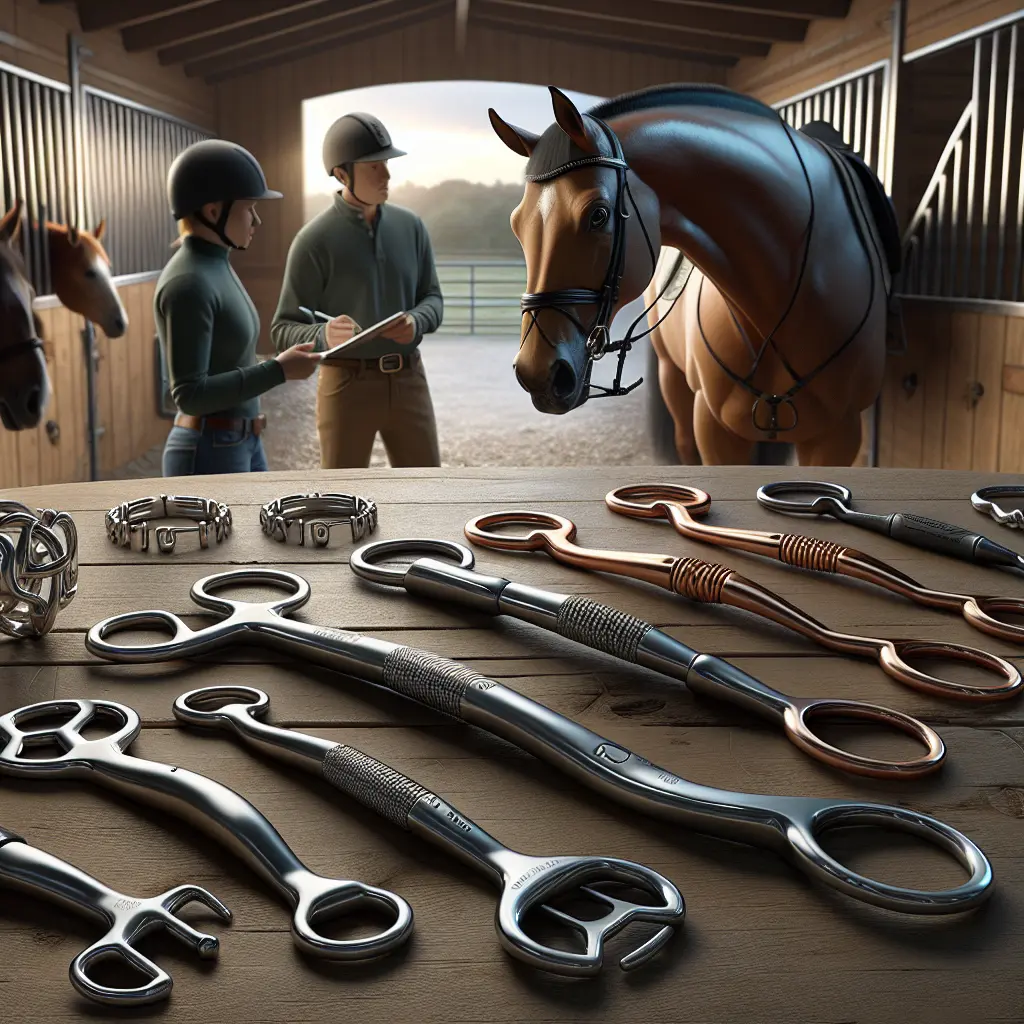Why Understanding a Horse's Bit Preference is Crucial for Potential Buyers
When purchasing a horse, numerous factors come into play. From the horse's temperament and training level to its physical health and riding discipline, every detail counts. A crucial aspect often overlooked is the horse's bit preference. This factor is pivotal as it can significantly impact the horse's comfort, performance, and overall relationship with the rider. In this comprehensive guide, we'll delve into why recognizing a horse's bit preference is essential for potential buyers and how it can enrich the riding experience.
The Role of Bits in Horse Riding
Bits are fundamental in horse riding, acting as the communication link between rider and horse. By using subtle cues, bits allow riders to maneuver their horses. Inserted into the horse's mouth, they apply pressure to areas like the tongue, bars, and poll, depending on their design. This pressure aids in controlling the horse's speed and direction, making bits indispensable tools for effective communication between horse and rider [source].
Types of Bits and Their Effects
There are several types of bits, each engineered to apply pressure in distinct ways. Here are the most common:
Snaffle Bits
Snaffle bits are the most ubiquitous, often used for young or inexperienced horses. They apply direct pressure to the horse's mouth, crucial for disciplines requiring precise control like dressage and show jumping [source].
Curb Bits
Curb bits utilize leverage to apply pressure not only to the mouth but also to the poll and chin. They are typically reserved for more experienced horses and riders capable of handling the increased pressure [source].
Pelham and Kimberwick Bits
These bits blend characteristics of snaffle and curb bits, offering a balance between direct and leveraged pressure. They are versatile and suitable for various disciplines [source].
Importance of Bit Preference
Each horse is unique, with variations in mouth size, tongue thickness, and jaw alignment. Some horses might favor bits applying pressure to particular areas like the bars or tongue, while others may prefer specific materials or designs [source]. Understanding these preferences is vital for several reasons:
Comfort and Performance
A horse comfortable with its bit will naturally perform better and be more responsive to cues. In contrast, a horse in discomfort can become resistant and challenging to handle, emphasizing the need for the right bit [source].
Training and Communication
The correct bit can enhance communication between horse and rider, making training more effective. Conversely, a bit that's too harsh or uncomfortable can hinder progress, causing frustration [source].
Long-Term Health
Incorrectly fitted or inappropriate bits can lead to mouth injuries or long-term health issues, underscoring the necessity of ensuring the bit fits properly and suits the horse's needs [source].
How to Determine a Horse's Bit Preference
Determining a horse's bit preference involves observing its behavior and response to different bit types. Here are some steps to guide you:
Observe the Horse's Reaction
Watch how the horse reacts to various bits. Does it seem more relaxed or responsive with a particular type?
Consult with Trainers or Experienced Riders
Seek advice from professionals who have worked with the horse. They may provide valuable insights into the horse's preferences.
Experiment with Different Bits
Introduce new bits gradually, beginning with the gentlest options, to see how the horse responds. This careful approach helps prevent causing discomfort or stress [source].
Conclusion
Understanding a horse's bit preference transcends merely finding the right tool for riding. It's about fostering a strong, respectful relationship between horse and rider. By recognizing and respecting these preferences, potential buyers can ensure a smoother transition for both themselves and the horse, ultimately leading to a more enjoyable and successful riding experience.
For a complete selection of horse riding outfits, boots, and gloves, visit our online store. We also offer an extensive range of everyday horse supplements, ensuring both you and your horse are well-prepared for every adventure.






